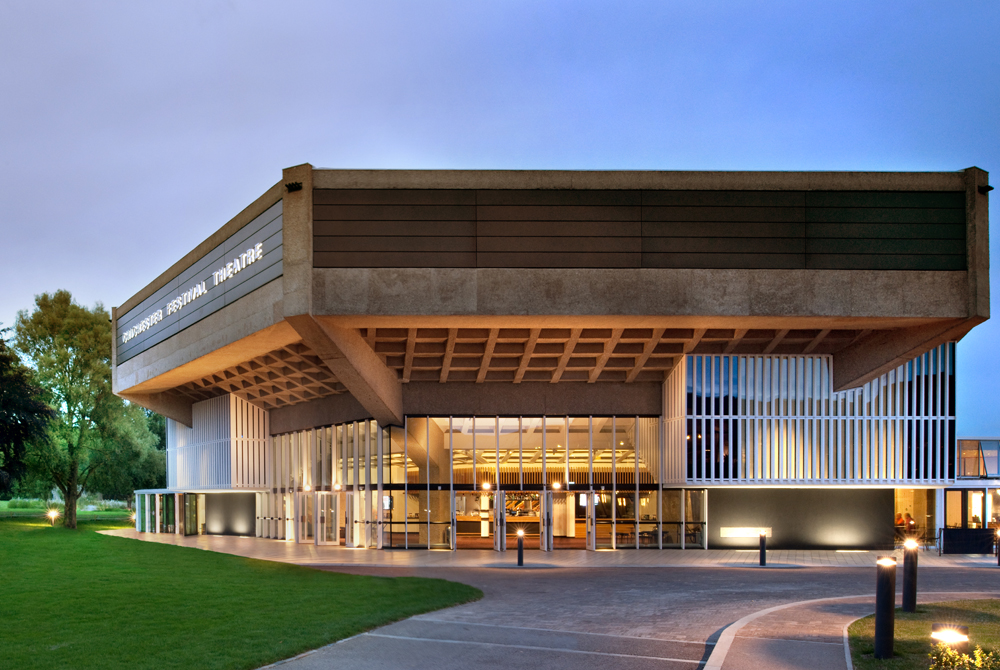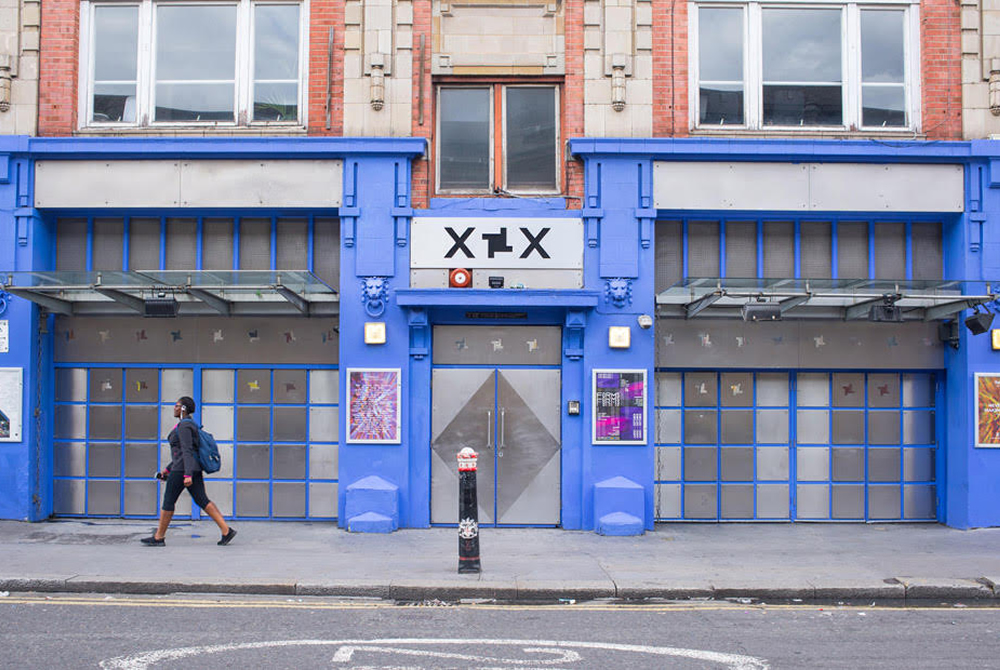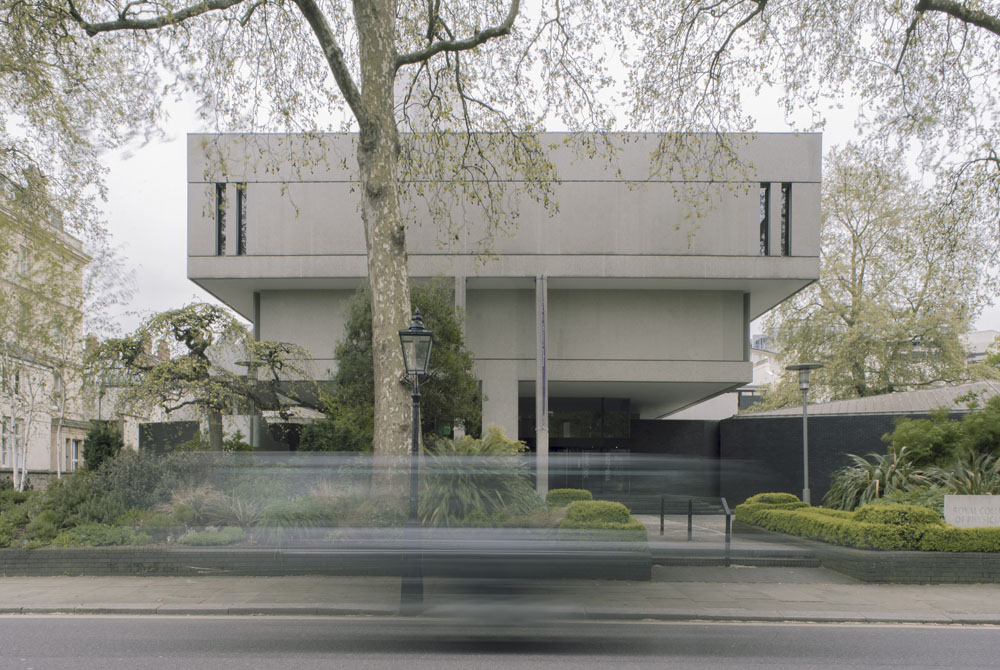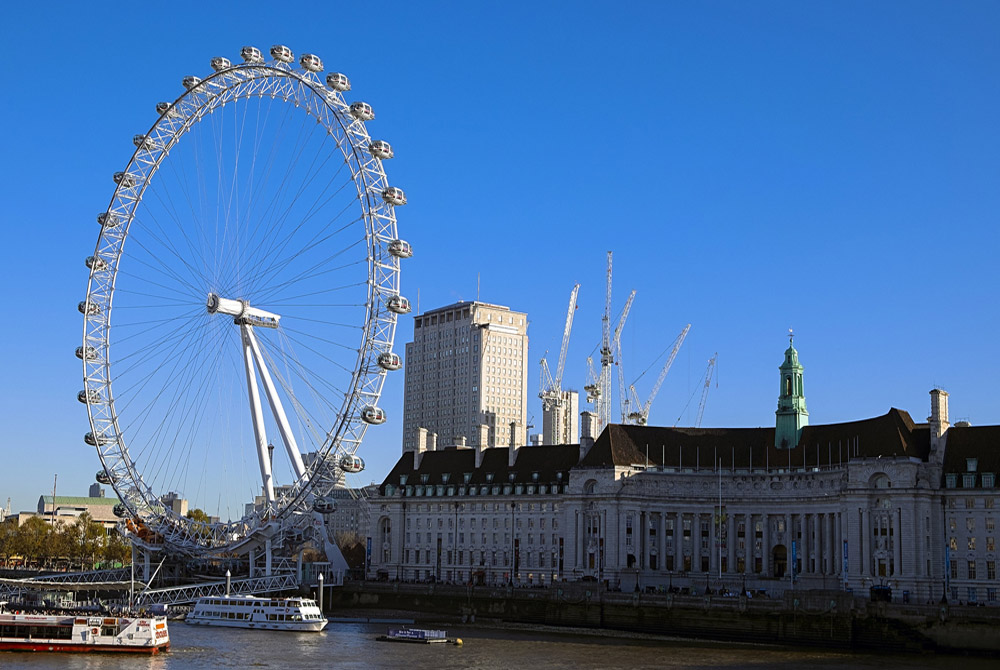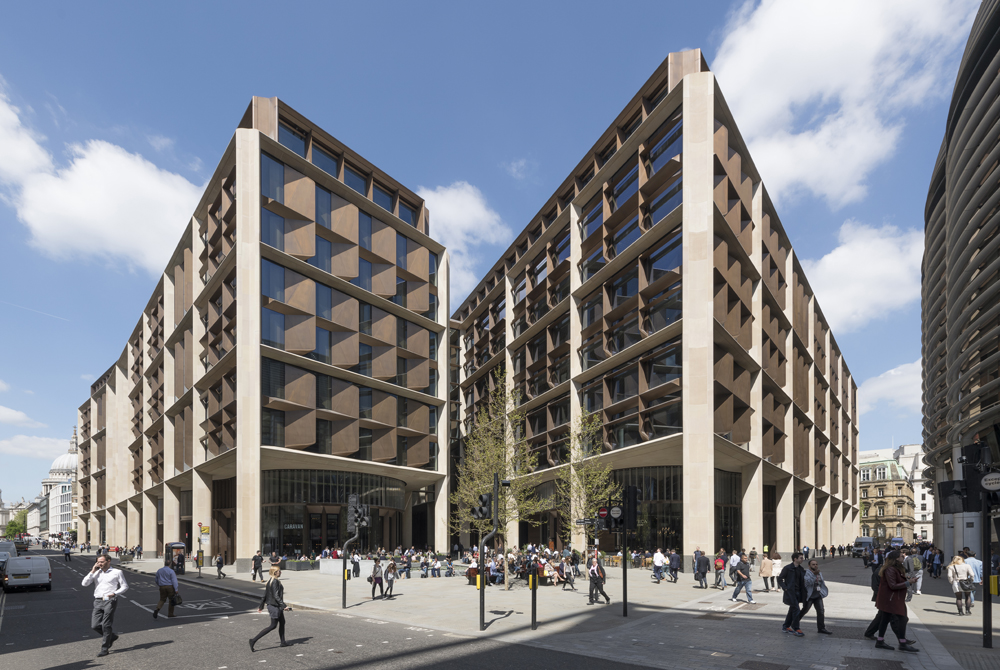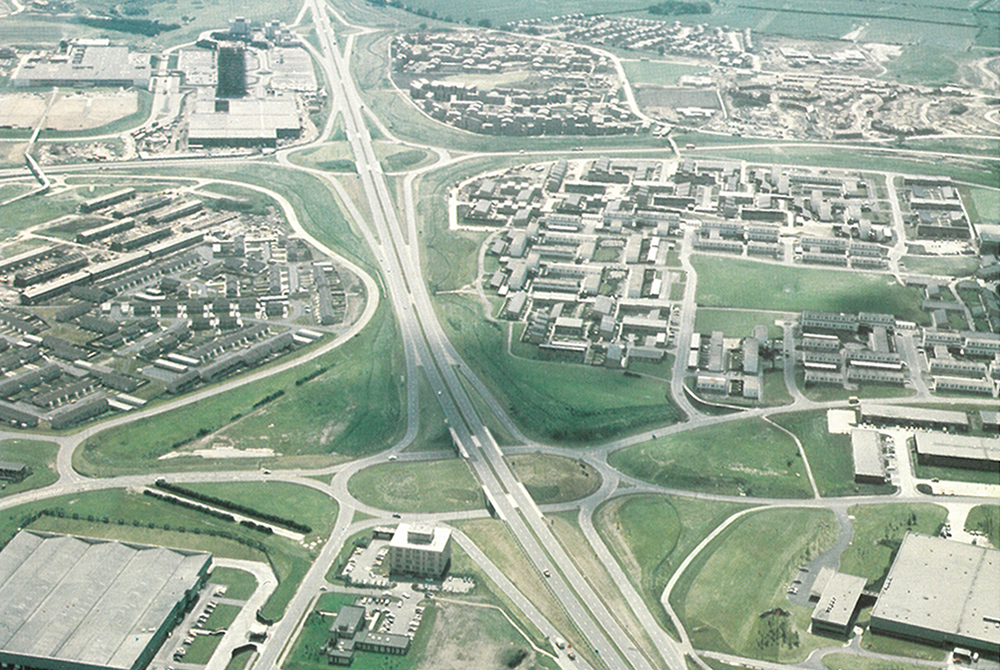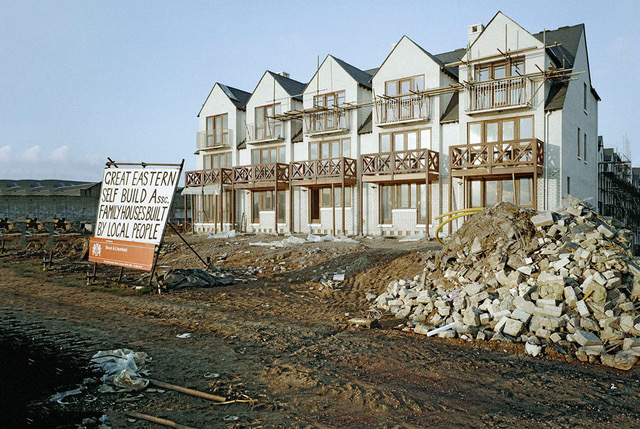There’s never been a building in Britain which caused as much controversy as the National Theatre, the brutalist cathedral on the South Bank. Denys Lasdun had earlier designed the Royal College of Physicians, tucked away in the corner of Regents Park, like an early maquette, but on a far more human scale. Because it was hidden behind trees, he’d got away with it in the fickle court of public opinion. But by the time the National Theatre was finished in 1976, Prince Charles was in full archaic flow, comparing the result to a nuclear power station. Thatcherism, with its gaudy celebrations of the trashy, the cheap and the transient was just round the corner in the 1980s, powered up by renascent City of London which had a lot more money than taste.
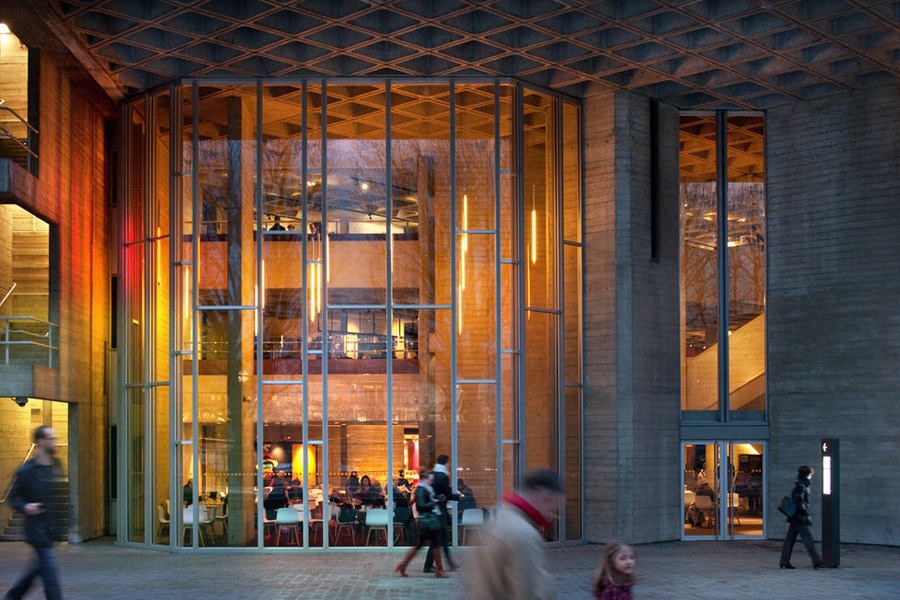 The National Theatre © Haworth Tompkins
The National Theatre © Haworth Tompkins
In the face of a dirty culture war, way before the phrase was coined, Lasdun understandably became both paranoid and martyred, a miserably unhappy figure, defensive to the last, and bewildered that no-one could see how elegant at least the public face of the National was, with its gorgeous layered foyers offering a quiet place for students, scholars and friends to spend all day.
 The National Theatre © Nigel Turner
The National Theatre © Nigel Turner
Those of us who worked to get the building going in the early days cursed the many compromises and mistakes inside the three auditoria. If a building may be said to be intransigent, this was it. But forty five years later, and with brutalism back in fashion, we can see that this is architecture which was built to last – unlike the shoddy ravines of steel and glass now being flung up in Victoria and Tottenham Court Road with the aim of destroying London’s special identity.
 The National Theatre © Haworth Tompkins
The National Theatre © Haworth Tompkins
Once its artists figured out how to balance the historical legacy of British theatre with properly modern work, then the National Theatre, under successive directors, offered us all some of the greatest theatre-going nights of our lives. A good part of the credit must go to the man who designed the space.
There it was
Always
The nearest thing to a root
A base
From which I set out
And to which I returned
From “We Travelled”, a recent collection of essay and verse by David Hare, showing his life-long love of theatre.
“....gasped with delight at the cube of your theatre in the pale blue sky and a glimpse of St. Paul’s to the south of it. It is a lovely work and so good from so many angles...it has that inevitable and finished look that great work does.”
Sir John Betjeman writing to Denys Lasdun


